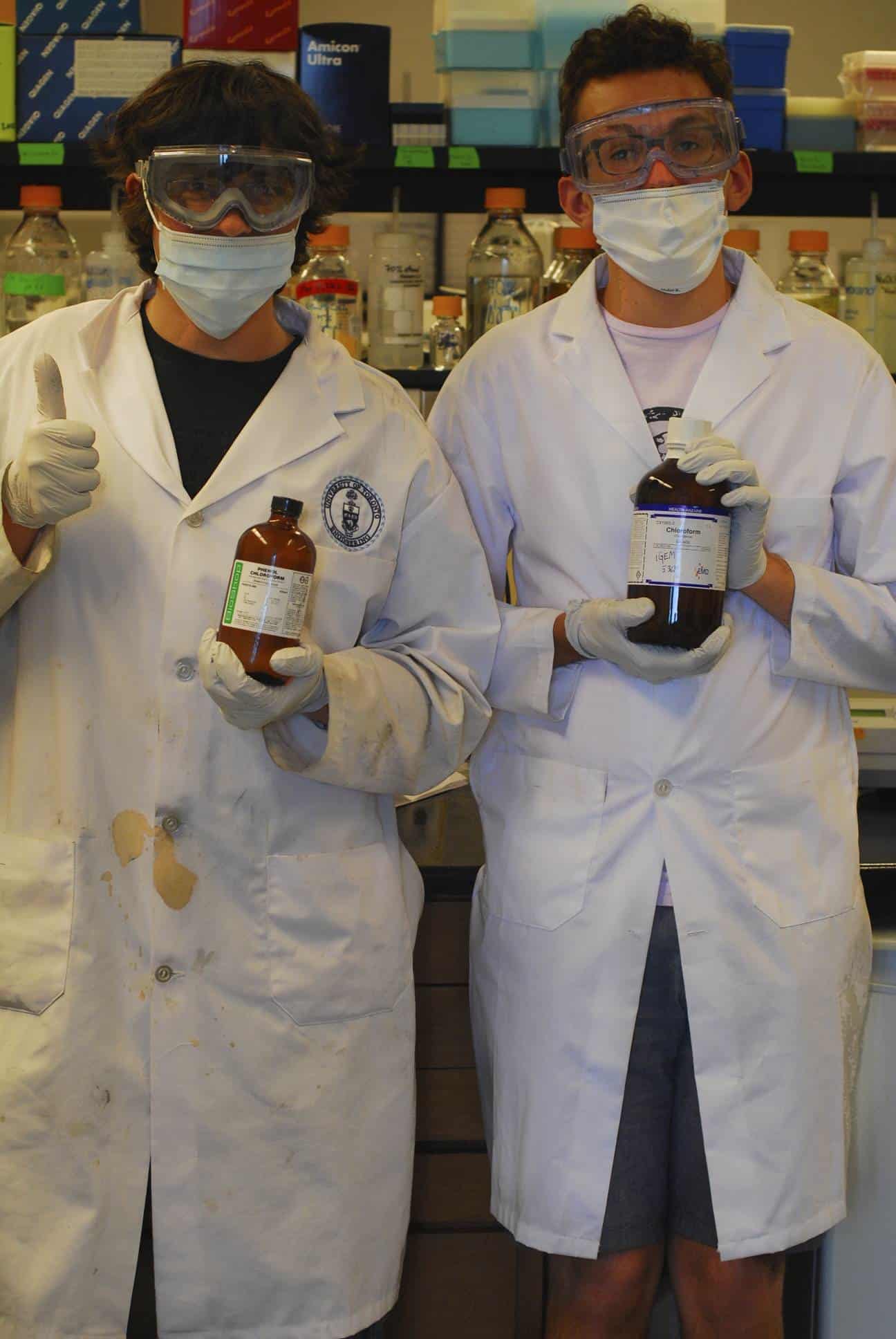Synthetic biology — a form of genetic engineering — is the latest field to capture the imagination of amateur and professional scientists. The field consists of building biological systems using existing genetic data. For instance, certain useful genes from one organism can be isolated and added to the DNA of a second organism, as in the example of the infamous spider-goat: a hybrid goat that produces the fine but durable silk secreted by spiders. However, unlike in traditional genetic engineering methods, the spider and the goat were not mated. Rather, the gene coding for the production of silk was isolated and inserted into the DNA region responsible for producing milk.
It is easy to see how this level of control over living things can make the public uncomfortable and may be considered by some to be against the natural order. But are biological scientists really playing God? This accusation could easily be directed towards farmers who breed different species of wheat in order to combine desirable traits or even dog breeders. These processes also manipulate the genetic material of an organism through human interference, yet they are not as vilified as synthetic biology. “We engineer biological systems to perform functions not selected for in nature,” explains Adam Komorowski, an Immunology & Molecular Genetics and Microbiology major and president of the University of Toronto’s iGEM team.
The iGEM (International Genetically Engineered Machine) competition is an international synthetic biology competition aimed chiefly at undergraduates and recently, high school students. Students work over the summer to construct biological systems that tackle problems in diverse fields from medicine to agriculture. The new DNA sequences, known as BioBricks, are then submitted to the Registry of Standard Parts to be used in building future biological systems. Currently, the team is in the process of brainstorming possible projects for the 2013 competition. From here, the best proposal will be chosen and worked on during the summer.
U of T’s iGEM team is lucky enough to be hosting this year’s conference at Hart House in October. It’s anticipated to be a large event, with all of Hart House booked for the occasion. Is the team feeling the pressure to do well? “I wouldn’t call it pressure so much as anticipation,” says Komorowski. “With a lot of motivated students, as well as knowledgeable graduate and professorial advisors on our team, we feel that a successful showing at the conference is well within our grasp. We hope to do the whole undergraduate scientific community at U of T — and the university at large — proud with our efforts.”
With almost 200 teams participating, some truly novel projects have come about in the past, offering solutions to real-life problems. Take Washington University’s entry for 2011. The team used genes that convert fatty acid synthesis intermediates into alkanes to build E. coli able to produce alkanes. As the world shortage of fuel draws nearer, this approach might provide a potential solution. Or take the philanthropic approach of another team’s arsenic biodetector — a bacterial biosensor that can detect arsenic contamination levels in water and provide a more economic option for developing countries.
The competition goes beyond the laboratory; participants are encouraged to raise awareness and inform the public about synthetic biology. U of T’s team is targeting high-school students and middle-aged professionals by hosting presentations at high schools and Ontario Science Centre’s Café Scientifique. “Our objective is to reach all people, whether they have a scientific or non-scientific background and get them excited about … the field,” says Komorowski.
With projects like diesel-producing E. coli and arsenic biodetectors, iGEM should have no trouble in garnering the public’s attention.



